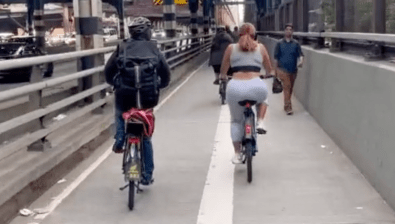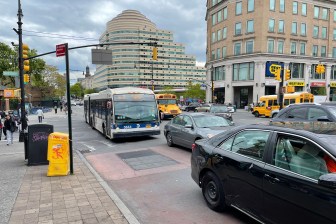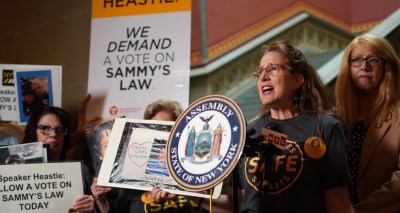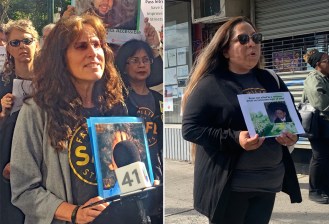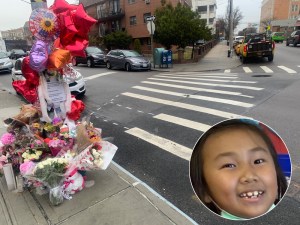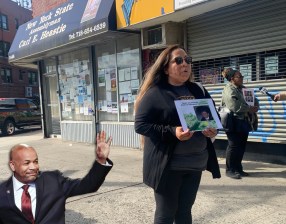PlaNYC 2.0 Reactions: Rachel Weinberger, UPenn Professor
Streetsblog has been gathering responses to last week’s release of PlaNYC 2.0. This is the fourth installment. Read the first, second, and third parts.
In a phone interview with Streetsblog yesterday, Rachel Weinberger, a professor at the University of Pennsylvania and an architect of the transportation section of PlaNYC 1.0, gave us her take on the update of the city’s sustainability plan.
On setting expectations:
The first PlaNYC seemed really bold in the transportation area. Maybe it seemed much bolder than we would think if it were to come out today.
On the significance of PlaNYC 1.0:
The shift in thinking is far more important than the specific projects that were enumerated in the first go.
One of the big accomplishments of PlaNYC 1.0 was that it got City Hall thinking in a way that opened City Hall up to the idea of hiring a [transportation] commissioner like JSK.
On parking policy:
The parking stuff [in the update] is a little bit anemic. But in PlaNYC 1.0 we couldn’t even touch it, it was considered untouchable. It was our judgment that congestion pricing had more legs than taking on the parking question. That’s telling.
Since we tried to break open that barrier, there’s been maybe a gestation period for the city to start coming around to thinking, “Okay, here’s an area of public policy that we can and should address.” … Now we’re on the threshold of being able to look at it in a robust kind of way. Now let’s do it.
On paving the way for other cities:
The first one also created space in other places, like Chicago and Washington. The sustainability director of Philadelphia went all around Philadelphia waving around PlaNYC, saying, “We’re going to steal everything we can from this document.”
Other cities benefited from the hard work that we did. It might be too much to push that hard again right away.

